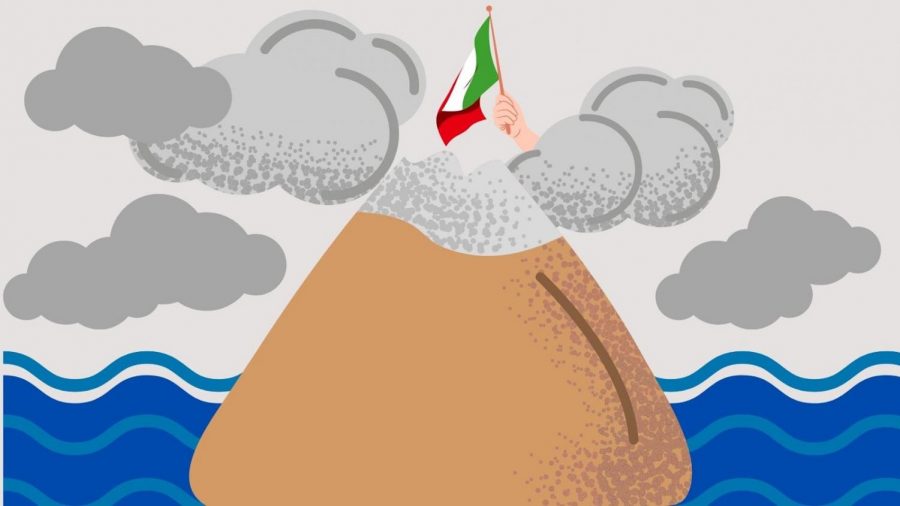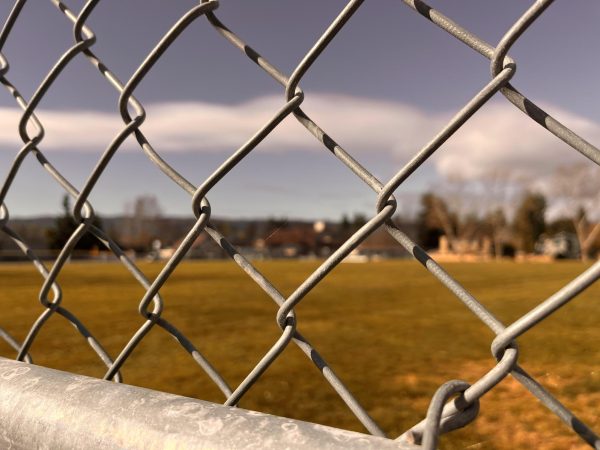Mt. Etna erupts: locals are forced to relocate
March 25, 2021
Mount Etna, located near the east coast of Sicily, has been experiencing an ongoing series of eruptions since February 16th, 2021.
“Mount Etna is Europe’s most active volcano and is one of the world’s largest continental volcanoes,” said Adam Voiland from earthobservatory.nasa.gov.
Throughout seven eruptions in a span of two weeks, columns of ash have reached up to 33,000 feet.
“A particularly spectacular blast from Italy’s Mount Etna volcano belched out a towering cloud of ash and lava stone Sunday [March 7] onto Sicilian villages,” said phys.org.
One side of the volcano houses villages, while the other is entirely uninhabited. Thankfully, no injuries or serious damages have been reported. Still, a volcanic eruption is not a globally-anticipated natural disaster, meaning that means of preparation and safety for this likely never cross most of the world’s mind.
“[Locals] have taken to covering cars parked outdoors with carpets, blankets and sheets of cardboard to make cleanup easier after each blast,” said phys.org.
Locals may need to continue to prepare indefinitely.
“Summit activity can go on virtually continuously for many years or even decades (e.g., 1955-1971; 1995-2001),” said the INGV (Italy’s National Geophysics and Volcanology Institute).
Soot can be dangerous for people living in ash-coated areas, so cleanup is immediately necessary after eruptions.
“Unfortunately… we are making piles of ash on the side of the road because we don’t have enough bags to get rid of it,” said a Sicilian resident to euronews.com.
The 10,991 ft tall volcano is not showing off for the first time.
“Mount Etna has the longest recorded history of eruptions, dating back to 1500 B.C. Since then, the volcano has erupted about 200 times and has been very active in recent decades,” said Voiland.
One may be wondering how a landform like this has managed to remain so not only present, but active.
“Most of the surface of Mount Etna is covered by historic lava flows dating back to eruptions as old as 300,000 years. Scientists believe Mount Etna started as a submarine volcano that gradually grew to stand above sea level on layer upon layer of solidified lava,” said Voiland.
While some eruptions are harmless, others result in damage beyond the already-threatening lava flow.
“[A 2001] eruption was accompanied by earthquakes and the opening of at least five vents on the volcano that released thick lava flows and vast columns of steam and smoke,” said Voiland.














